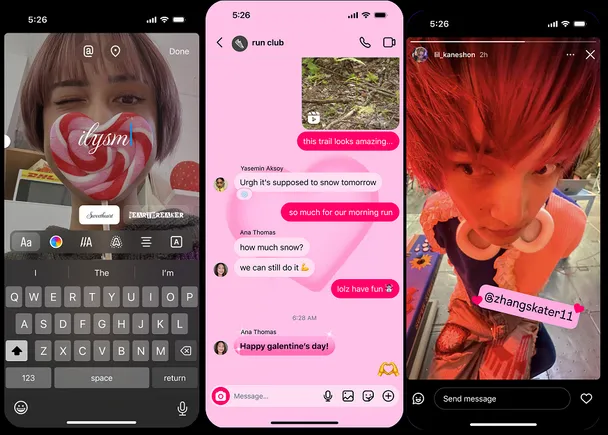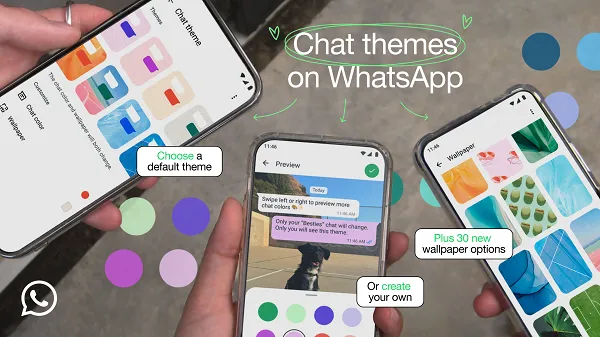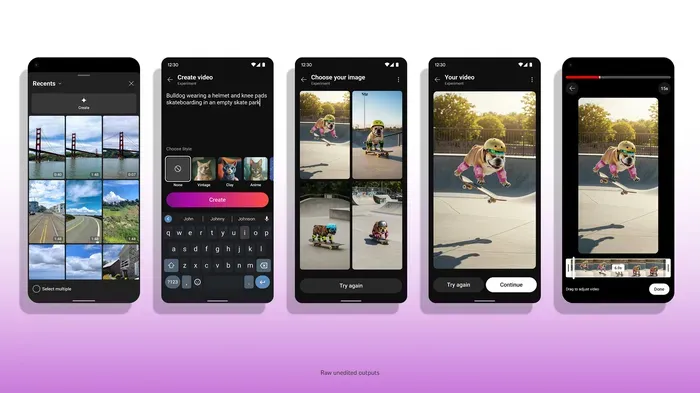Martech has exploded in recent years, with over 11,000 solutions available to help marketers automate and optimize operations. However, much of this martech stack is designed to convert prospects into leads and track them through the marketing funnel. While this approach works well for roughly 5% of actively in-market buyers, it creates a poor experience for the remaining 95% of future customers who aren’t yet ready to buy.
This article explores how conventional martech infrastructure alienates most potential buyers and suggests steps to adapt tools and strategies for better long-term brand affinity and demand generation.
Over-optimizing for pipeline efficiency: The implications
The exponential growth of martech tools has led to an overemphasis on pipeline efficiency, driven by the promise of better tracking and attribution. However, this ignores the majority of potential customers.
Only 5% of our market, is ready, willing and able to consider buying our product. Using the same approach to all our target audience risks alienating the remaining 95% who are not yet in-market.
We might have a decent operation for the 5% of in-market prospects. But for everyone else, it’s a pretty crappy experience. By pushing contacts who aren’t ready to buy through our systems, we slow down our operations and create extra work for ourselves.
The need: A different martech stack for those not in-market
We need a different martech stack for the 95% of our customers but likely will be soon. And simplifying our martech tools could mean better outcomes for our teams:
- For MOps, fewer contacts.
- For the sales team, better conversions, less garbage in, less time wasted, etc.
- For the company, less alienation and more effective communication with most of our market.
- And for 95% of our future customers, a better brand experience.


The simplified stack to appeal to most of your customers
1. Adtech
We will still need adtech. But instead of exclusively running ads to drive lead conversions, we need a crop of ads focused on building:
- Brand awareness.
- Brand association. (What problem does your company solve?)
- Brand affinity. (Where prospects are drawn to your brand more than others in the market, even though they’re not looking to buy right now.)
Search engines and social networks are optimizing for in-feed consumption. We must adapt and create ads that drive the value in-feed — or promote existing organic content.
Verdict: No new tech needed
Your broader marketing team will need a content strategy for this new reality.
2. Lead forms
Lead forms are still crucial. But instead of driving every contact to a lead form to fatten up your contact database, allow your audience to experience as much of your value as possible, with no strings attached. Then they are more likely to join your contact list. (Holding people hostage with ebook or webinar registrations is so 2005.)
Verdict: No new tech needed
Your broader marketing team must convince management not everything needs to be gated. The returns are rapidly diminishing.
3. Prescriptive content
Gone are the days when we tried to read minds, guess what stage of the funnel a prospect was in and then serve them the corresponding content. In reality, B2B buying committees have grown in size and different members will be at different stages of the buying cycle. If they’re in a buying cycle at all.
Instead of prescribing TOFU, MOFU or BOFU content, provide a resource center where all the content is freely available. And don’t let the org have you obsessing about tracking every ebook download or webinar view. Chill out. Stop stalking people. They’ll thank you for it.
Verdict: No new tech needed
You may update your resource center to make the content easier to find and binge. Your marketing team may even opt for a Netflix-style experience, where you have more multimedia content, serial episodic content and so on. None of this requires new work from MOps.
4. Third-party cookie tracking
Soon, we won’t be able to collect and use third-party cookies like we used to. Good riddance. I’m so tired of Google, Facebook and other random companies “listening in” on my web browsing to serve up ads I don’t want. Instead, we’ll now have to focus on earning the attention and interest of our prospects, so that they consume content on our own website / our own platforms.
Verdict: No new tech needed
Your broader marketing team will have to step up their content game. Fun times lie ahead.
5. Lead scoring
This approach was so cutting edge when it first appeared in the early 2000s, but using the same play 20 years later, in such a fast-moving space is not a good look.
Modern marketing practices and modern buyers demand we stop sending contacts to sales based on what we observed them do. We need to send over only explicit hand-raisers — people who have requested a demo or a sales conversation.
Everyone else should be kept in the domain of the broader marketing team. Stop sending busy work to the Sales team. This is more of an executive leadership conversation. But hopefully, we can get leadership to stop creating unnecessary busy work for the whole organization in 2024.
Verdict: No new tech needed
6. Lead routing to SDRs
The SDR position was created with the rise of Aaron Ross’ Predictable Revenue model in 2011. It worked so well for Salesforce that the whole industry copied it.
SDRs are such hardworking individuals. Sometimes their job isn’t easy and, just as bad, sometimes it doesn’t serve future customers particularly well.
Suppose a prospect is ready to talk to us and we schedule a call between them and an SDR. In that case, the SDR, who isn’t equipped to answer their technical questions, spends a half hour determining whether the prospect is worthy of speaking to our AE before scheduling a second call with said AE — and all of this takes a week (or more).
Who are we fooling? This is a broken practice. We will still need lead routing, especially at larger organizations. But there should be a push to automatically screen out unqualified prospects and send everyone else directly to an AE as quickly as possible. Immediately, when possible.
Verdict: No new tech needed
But some updated marketing and sales alignment conversations are probably in order.
7. Unsolicited lead nurturing
Lead nurturing is one of the linchpins of marketing automation. It scales so well we forget that these people didn’t give us permission to email them in perpetuity. Don’t be weird. Let people opt-in to subscription-based newsletters, where we are explicit about what they will receive and how often. No more bait-and-switch ebook opt-ins.
Verdict: No new tech needed
You just need to update the marketing mindset for the broader marketing organization.
8. Evangelizing the product
For folks in a buying cycle, we must talk about the product quite a bit. For folks not there yet, we need to talk about the problem quite a bit. There’s a big difference. This is another one that doesn’t require MOps to do much differently.
It’s a clarion call for the marketing org — do better. You don’t have to stop creating your ebooks, white papers or sales enablement sheets. But please, stop force-feeding that stuff to people who aren’t looking to buy.
Evangelize the problem that you solve. Give voice to the prospects dealing with this problem. Tell their stories. Advocate for them.
These people will love your brand for it. And when they move in-market, you’ll be the first funnel they hop into.
Verdict: No new tech needed
From pipeline efficiency to brand experience
95% of your future customers hate your martech stack. But it’s not your fault. However, you have the power to enable the practices that got us through the first 20 years of modern MOps or empower your broader marketing org to evolve the practices that will see us through the next 20.
Let’s stop optimizing for marketing vendors. They will always tell us we need more. Let’s start optimizing for future customers.
Get MarTech! Daily. Free. In your inbox.
Opinions expressed in this article are those of the guest author and not necessarily MarTech. Staff authors are listed here.




























































![6 Essential Ingredients for Winning Ads [Infographic] 6 Essential Ingredients for Winning Ads [Infographic]](https://imgproxy.divecdn.com/uTNt2ASUWhVsKl22uIAMtoyUXTeSV_b9Sst3p7mB1gg/g:ce/rs:fit:770:435/Z3M6Ly9kaXZlc2l0ZS1zdG9yYWdlL2RpdmVpbWFnZS82X2FkX2VsZW1lbnRzXzIucG5n.webp)










